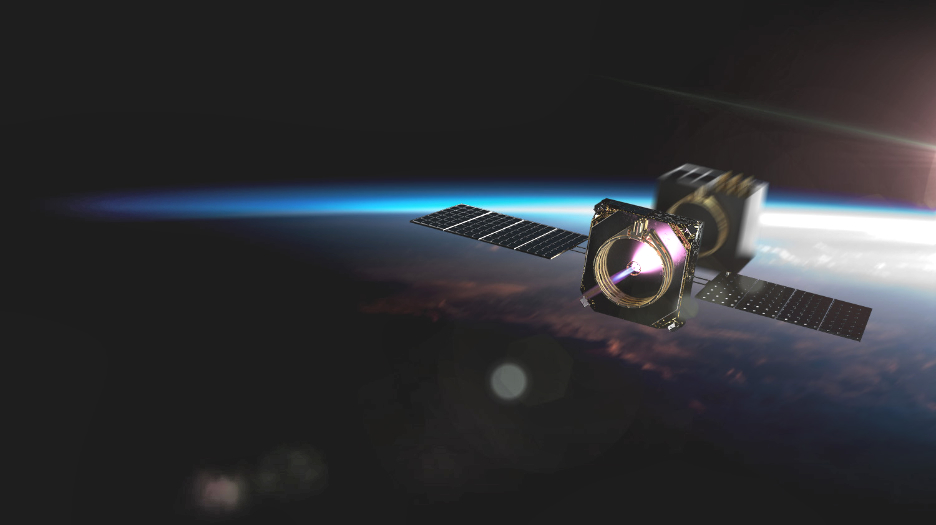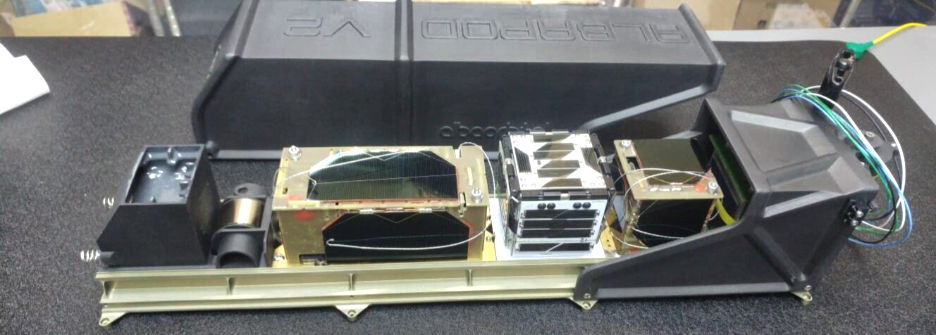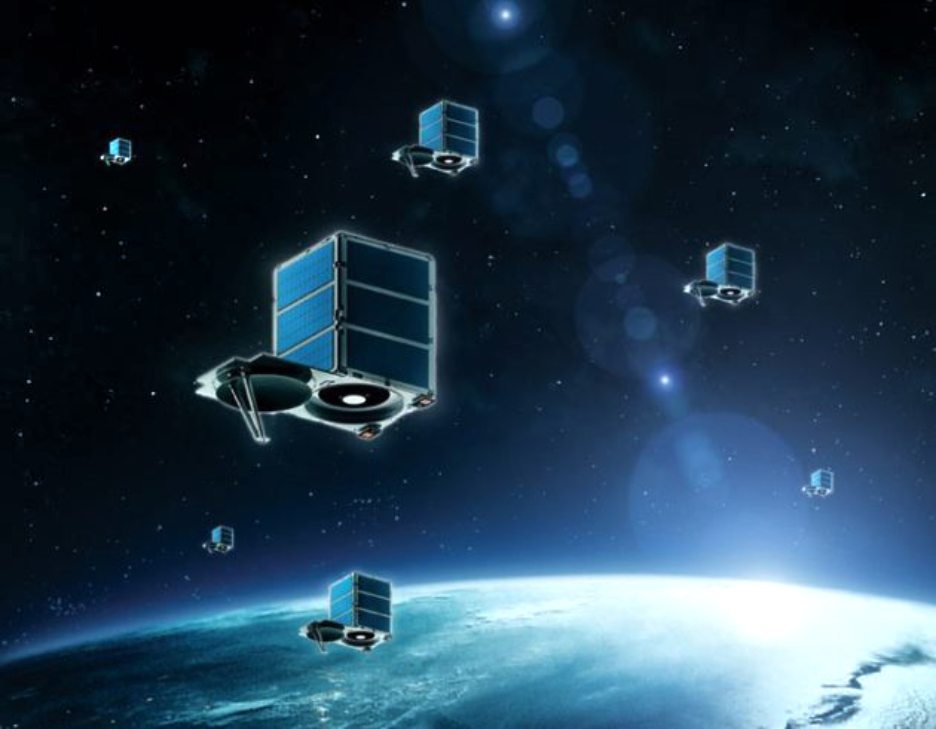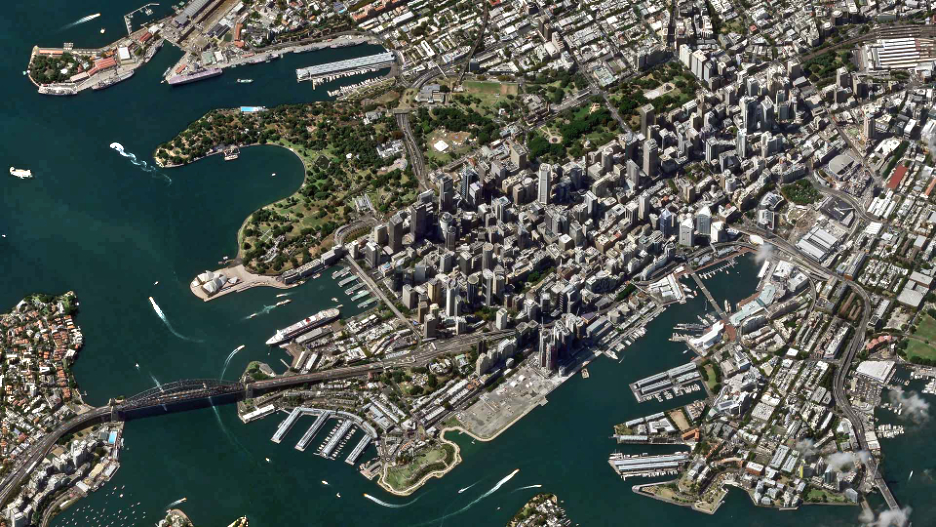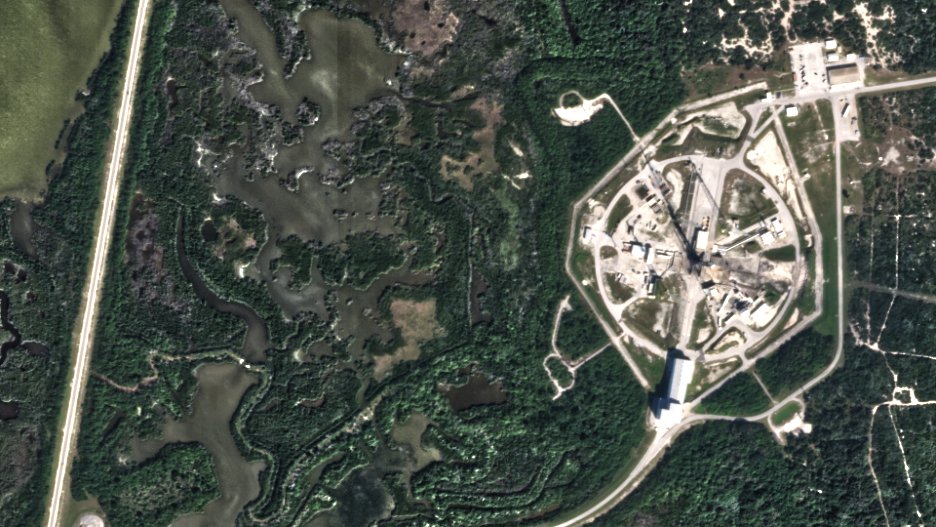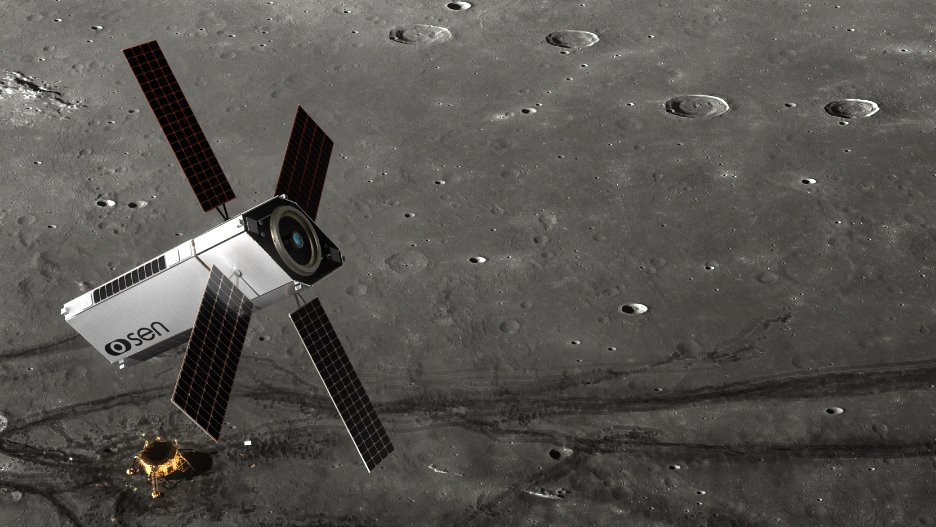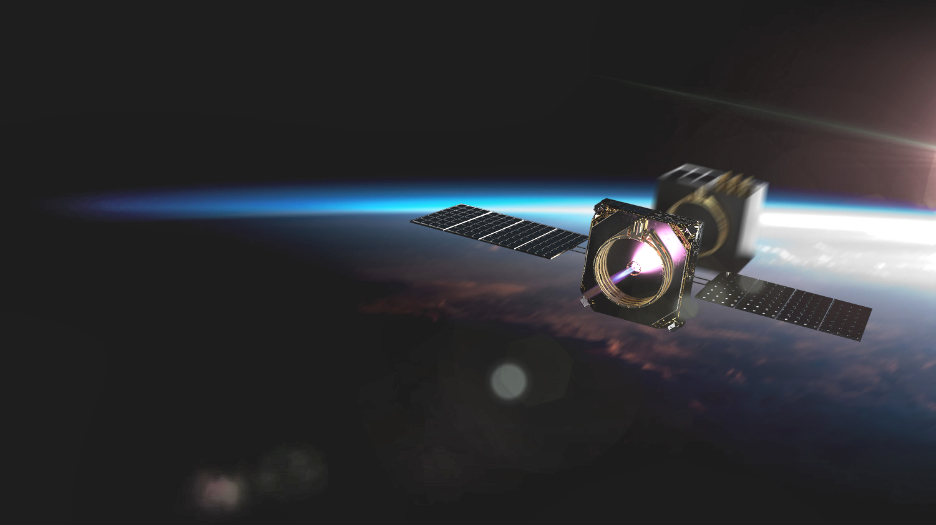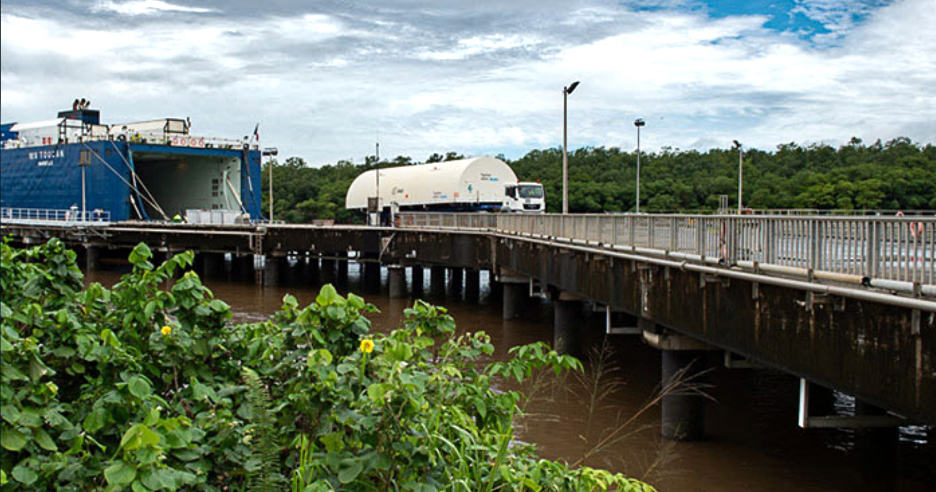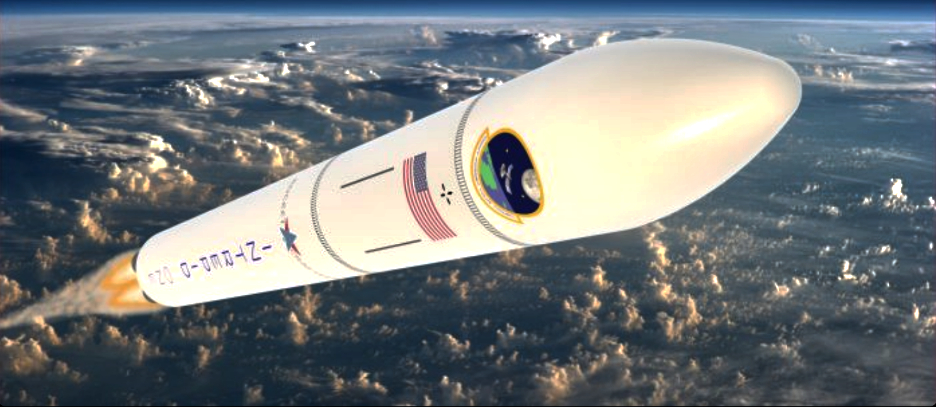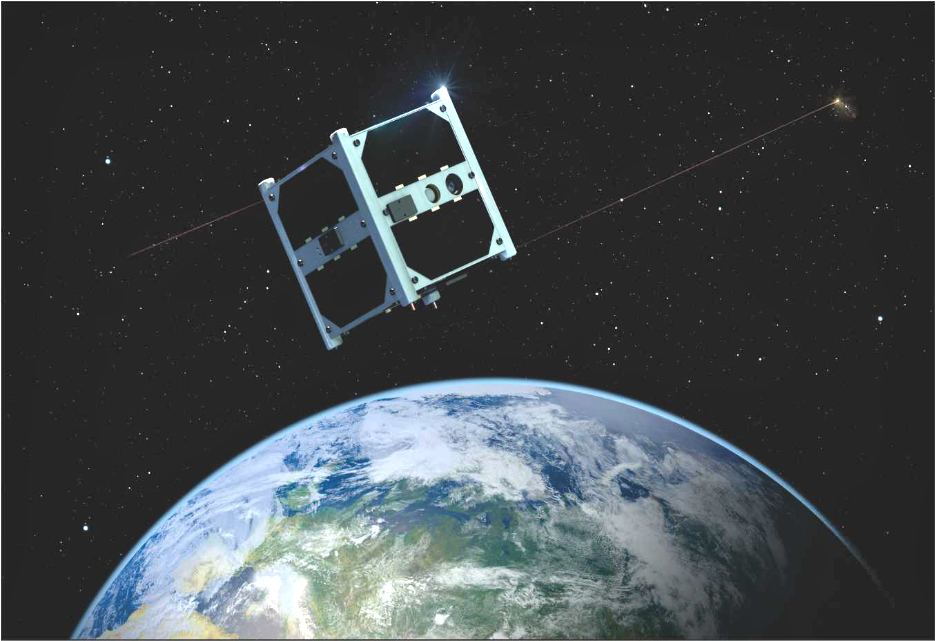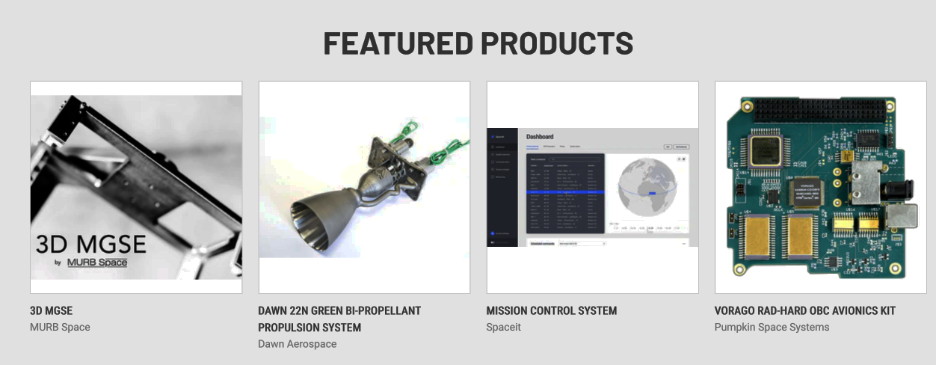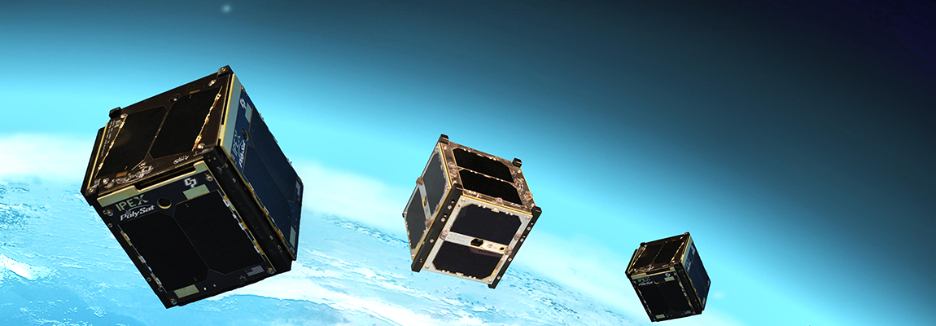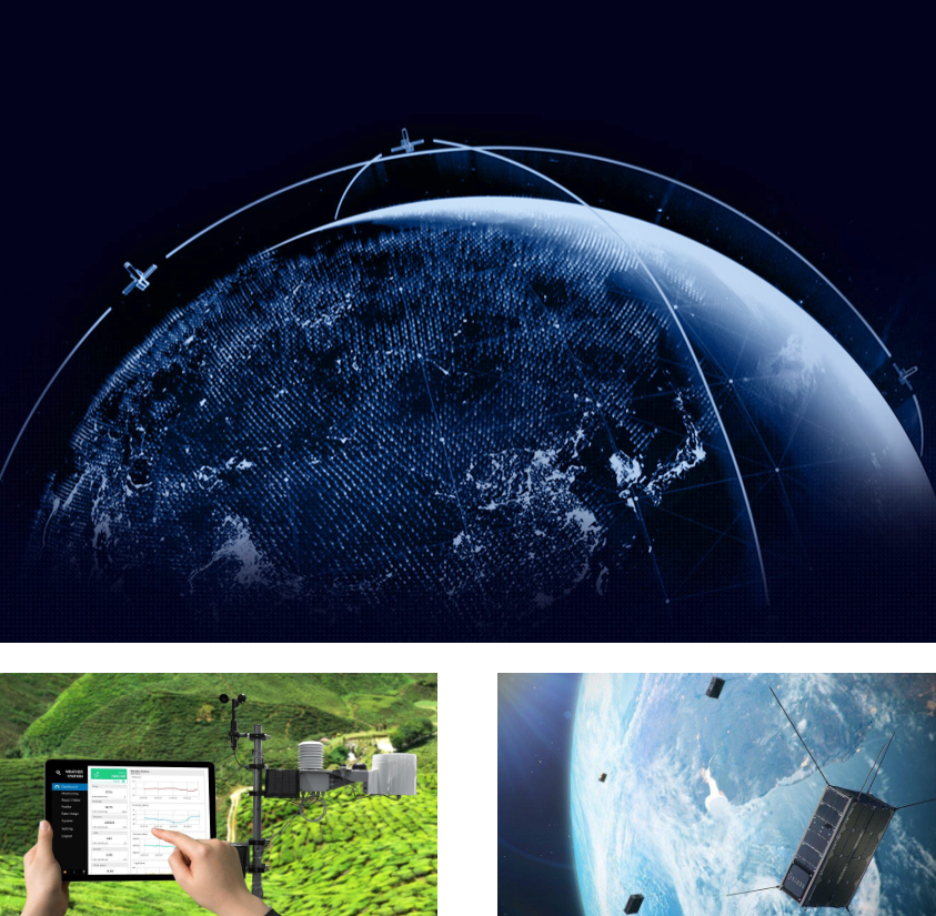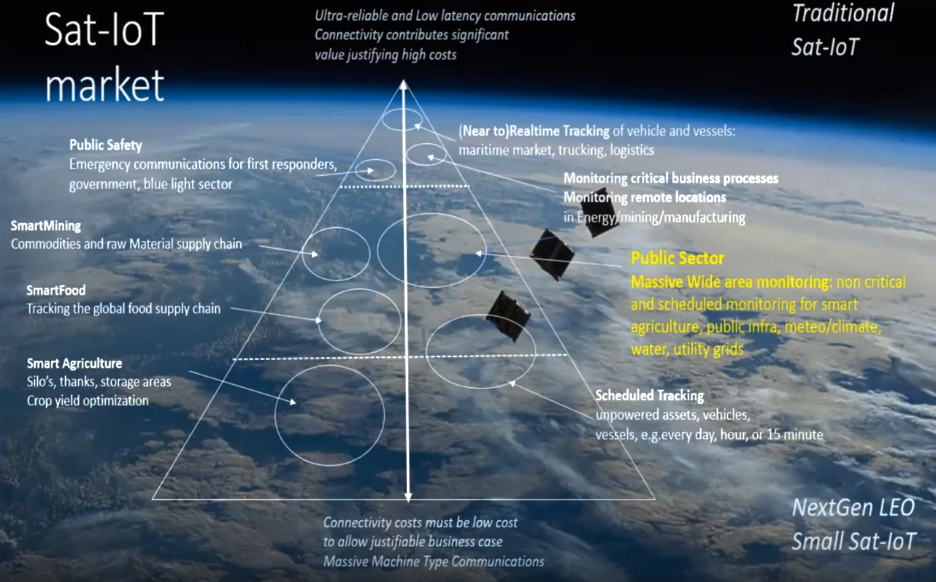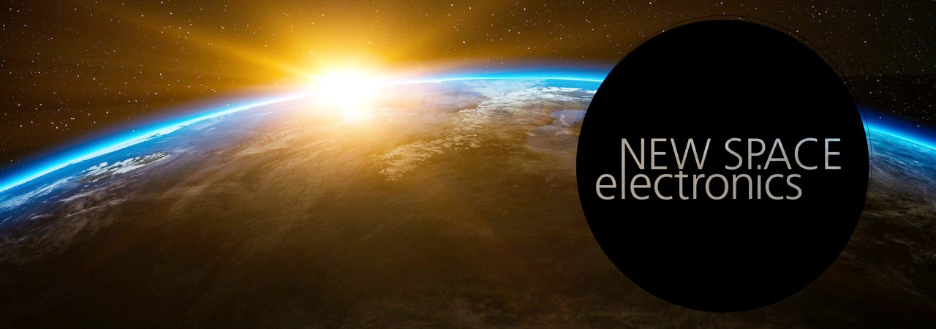
Earth Observant Inc. (EOI) closed their seed round in the first quarter of this year.
Over the past 18 months, the company has been designing a constellation of low-flying satellites that leverage the team’s decades of experience developing propulsion systems and Earth imaging platforms. The company’s propulsion system is currently in fabrication, with ground-based testing slated for the third quarter of 2020. In addition, EOI has down-selected its optical payload provider and has started development on the first optical payload.
EOI has designed a highly responsive platform for remote sensing and space domain awareness. This platform allows for a much higher quality product at a fraction of the cost of any existing or planned offerings. EOI’s mission is to make very-high resolution (VHR) imagery affordable and easily accessible to defense and intelligence agencies and commercial customers to support a range of applications such as resource management, environmental & disaster assessment, asset monitoring, logistics planning, infrastructure mapping, public safety, homeland security, insurance and real estate.
Many experts believe mass adoption of VHR imagery has been inhibited by limited coverage and high costs. EOI’s approach offers a paradigm shift in cost and quality by incorporating Very Low Earth Orbit into the constellation design. Starting in the next 24 months with one spacecraft, the initial constellation is designed to increase to 30 spacecraft that achieve an average revisit of every two hours, supporting constant monitoring services. To meet future demand, the constellation is easily expandable to accommodate additional satellites.
Christopher Thein, CEO of Earth Observant Inc., said this proprietary propulsion system will enable our satellites to maintain a significantly lower orbit than other Earth observation satellites. This approach will allow the satellite to capture data at a higher resolution and provide multiple revisits per day in key target areas for continually updated information.
Herb Satterlee, former CEO of MDA Information Systems and an Earth Observant Inc. board member, added this is a game changer for the growing EO industry. By combining superior resolution with excellent revisit rates, many traditional applications, as well as emerging machine learning technologies, will greatly benefit from persistent observations from space.



